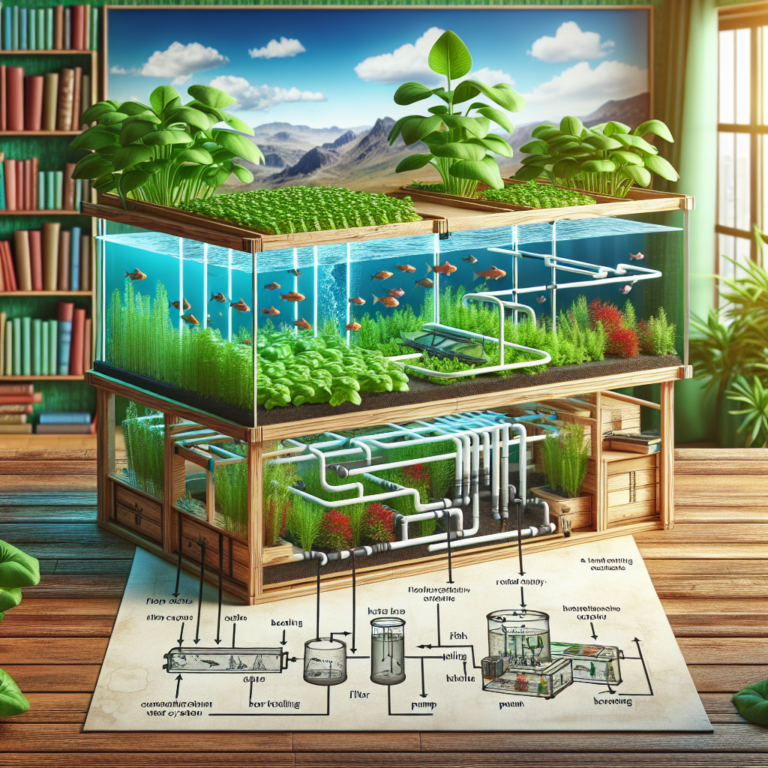Aquaponics is a sustainable farming method that combines aquaculture (raising fish) and hydroponics (growing plants in water). By creating a closed-loop system where fish waste fertilizes the plants, aquaponics allows for the production of both fish and vegetables in a highly efficient and environmentally friendly manner. Building your own aquaponics system can be a rewarding and cost-effective way to grow your own fresh, organic produce right at home. In this guide, we will walk you through the steps to building your own aquaponics system.
1. Designing your system: The first step in building an aquaponics system is to determine the size and layout of your system. Consider how much space you have available, what types of plants and fish you want to grow, and how much time and effort you are willing to invest in maintaining the system. You will need to decide on the type of aquaponics system you want to build, such as a media-based system, a nutrient film technique system, or a deep water culture system.
2. Choosing the right components: Once you have a design in mind, you will need to gather the necessary components for your aquaponics system. This includes a fish tank, a grow bed for the plants, a water pump, piping, and a filtration system. You will also need to source fish, plants, and beneficial bacteria to kickstart the nitrogen cycle in your system.
3. Setting up your system: With all the components in hand, it’s time to set up your aquaponics system. Start by placing the fish tank in a stable location that can support its weight when filled with water. Connect the water pump to the fish tank and the grow bed, ensuring that water can circulate effectively between the two. Add in the necessary piping and filters to maintain water quality and establish a healthy ecosystem for your fish and plants.
4. Cycling your system: Before adding any fish or plants to your system, you will need to cycle it to establish a stable nitrogen cycle. This process involves adding ammonia to the system and allowing beneficial bacteria to convert it into nitrites and then nitrates, which plants can uptake as fertilizer. This can take anywhere from a few weeks to a few months, so be patient and monitor water quality regularly during this time.
5. Adding fish and plants: Once your system is fully cycled, you can add fish and plants to your aquaponics system. Choose fish species that are well-suited to aquaponics, such as tilapia, trout, or catfish, and plants that thrive in a hydroponic environment, such as lettuce, herbs, or peppers. Monitor water quality, pH levels, and nutrient levels regularly to ensure the health and productivity of your system.
6. Maintaining your system: Regular maintenance is key to the success of your aquaponics system. This includes feeding the fish, monitoring water quality, pruning plants, and cleaning filters and piping as needed. Keep an eye out for any signs of disease or nutrient deficiencies in your plants, and make adjustments to your system as necessary to keep it running smoothly.
Building your own aquaponics system can be a fun and rewarding project that allows you to grow your own fresh, organic produce right at home. By following this guide and putting in the time and effort to maintain your system, you can enjoy a bountiful harvest of fish and vegetables for years to come. So roll up your sleeves, grab your tools, and get started on building your own aquaponics system today!
